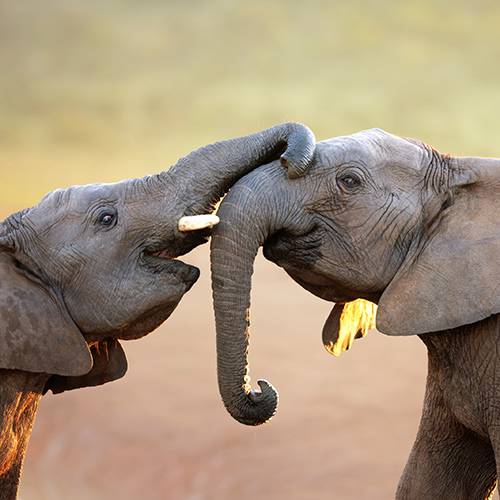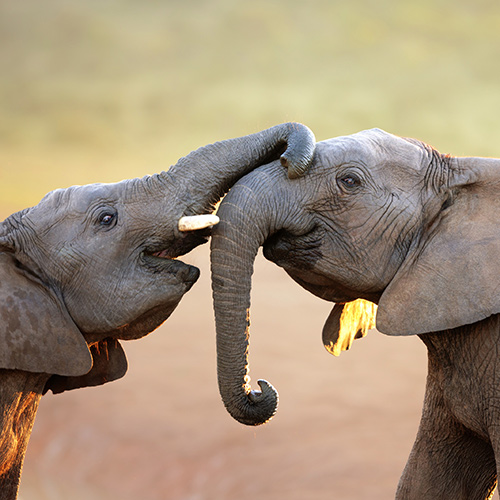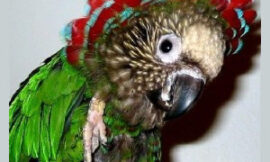
The capability to communicate isn’t exclusive to humans. Animals possess their very own languages and communication strategies which enable them to communicate, share information as well as develop interpersonal bonds. The study of animal language isn’t only intriguing but also essential for biologists, zoologists as well as animal lovers. This write-up is going to talk about animal communication in its many kinds, the benefits of mastering their languages, and intriguing instances of animal communication present in nature.
Animal Communication: Forms as well as Functions.
Vocalizations
Animal communication via vocalizations is among the most extensively studied as well as common forms. Vocalizations are used by numerous animals, such as birds, mammals, and some reptiles, to express messages. These vocalizations may vary from basic calls and alarm signals to complex songs and territorial displays. Birds sing to locate mates and assert territories, while primates sing to warn of danger or assert power within their social groups.
Visual Signals (VS)
Animal communication also entails the usage of visual signals. Animals communicate via visual cues like body posture, facial expression and coloration. Courtship displays, threat displays as well as social hierarchies frequently utilize these visual signals. Male peacocks flaunt their brilliant tail feathers to seduce female mates, whereas chimpanzees make use of aggressive facial expressions showing dominance.
Chemical Signals
Insects along with other small organisms communicate largely through chemical signals, generally called pheromons. Animals release pheromones as chemical signals to find mates, mark territories and transmit other messages. Ants use pheromons to make food trails and alert their colony members of danger.
Tactile Communication is a type of tactile Communication.
Animals work with tactile communication to make contact via actual physical contact. Social animals, including mammals and primates, frequently exhibit this kind of communication. Animals might make use of touch to convey comfort, establish social bonds, or assert dominance. Primates exhibit grooming behaviors to develop social ties and ease tension within their groups, for instance.
Electric Signals
Some fish along with other aquatic animals use electrical signals as a distinctive way of communication. Animals with special organs generate and sense electrical signals, enabling them to communicate with each other. Guidance, prey identification as well as mate attraction are made possible by electric signals. For instance, electric fish make use of electric signals to find prey and communicate with mates in search of prey.
Understanding Animal Communication Is Crucial Understanding Animal Communication Is Crucial
Conservation Efforts
Conservation initiatives are dependent upon comprehending animal communication. By studying animal communication, scientists can understand how animals behave, interact, and fulfill ecological requirements. This knowledge could inform conservation policies and protect endangered species. For example, understanding the vocalizations of endangered bird species can assist in their preservation by determining ideal habitats and monitoring population trends.
Animal Welfare –
The welfare of captive animals is likewise dependent upon understanding animal communication. We can learn more about their needs, feelings and possible distress by understanding their communication signals. This understanding is able to enhance animal care practices, produce enrichment activities and enhance the overall health of captive animals.
Perspectives from Evolutionary Science.
The study of animal communication offers useful insights to the development of communication methods. Comparing the communication techniques of various species can reveal differences and similarities, revealing evolutionary processes which have impacted communication in animals. This understanding could enhance our knowledge of human communication and the genesis of language.
Animal Communication: Fascinating Illustrations of the Art of Communication.
Honeybee Wagggle Dance – Honeybee Wagggle Dance
Honeybees come with an unusual method of indicating food resources to their hive mates. Forager bees make use of a dance called the waggle dance to convey direction and distance from a food source. By carrying out particular motions and patterns, they convey the precise location, enabling other bees to get around and find the food effectively.
Dolphin Whistles and Clicks
Dolphins are renowned for their sophisticated communication abilities. To communicate with one another they create various vocalizations including clicks and whistles. Whistles are utilized for social bonding, identifying, and coordinating group movements. Echolocation is attained through clicks, which enable dolphins to navigate their surroundings and hunt for prey.
Calls for Prairie Dog Alarm.
The vocalizations of prairie dogs tend to be a complicated process which alerts other people to possible dangers – similar to the alarm calls of little burrowing rats. The calls are highly precise and can offer details regarding the kind of prey, its size, and danger level. Prairie dogs possess exceptional communication capabilities, enabling their colonies to identify possible dangers very rapidly.
Conclusion
Animal language is a varied and fascinating area of investigation. Understanding and decoding several forms of animal communication will help us understand their behavior, social organization and development. This knowledge not just contributesto our understanding of the natural world but also has practical applications in conservation efforts and animal welfare. From vocalizations as well as visual signals to chemical and tactile communication, animals have created intriguing ways to communicate information and interact with one another. Studying animal language allows us in order to understand the functioning of the communication systems and then to appreciate the variety as well as beauty of nature.




